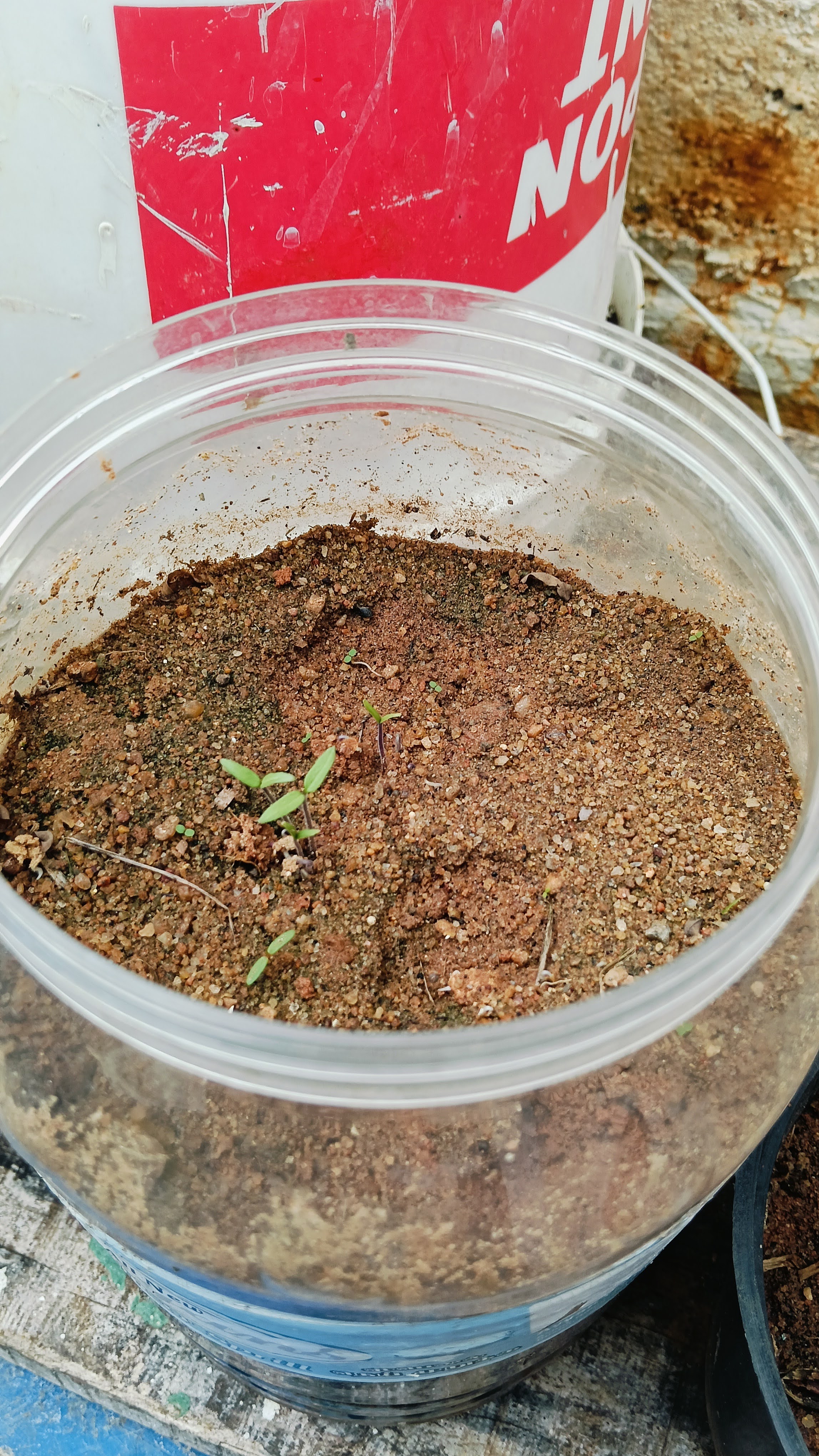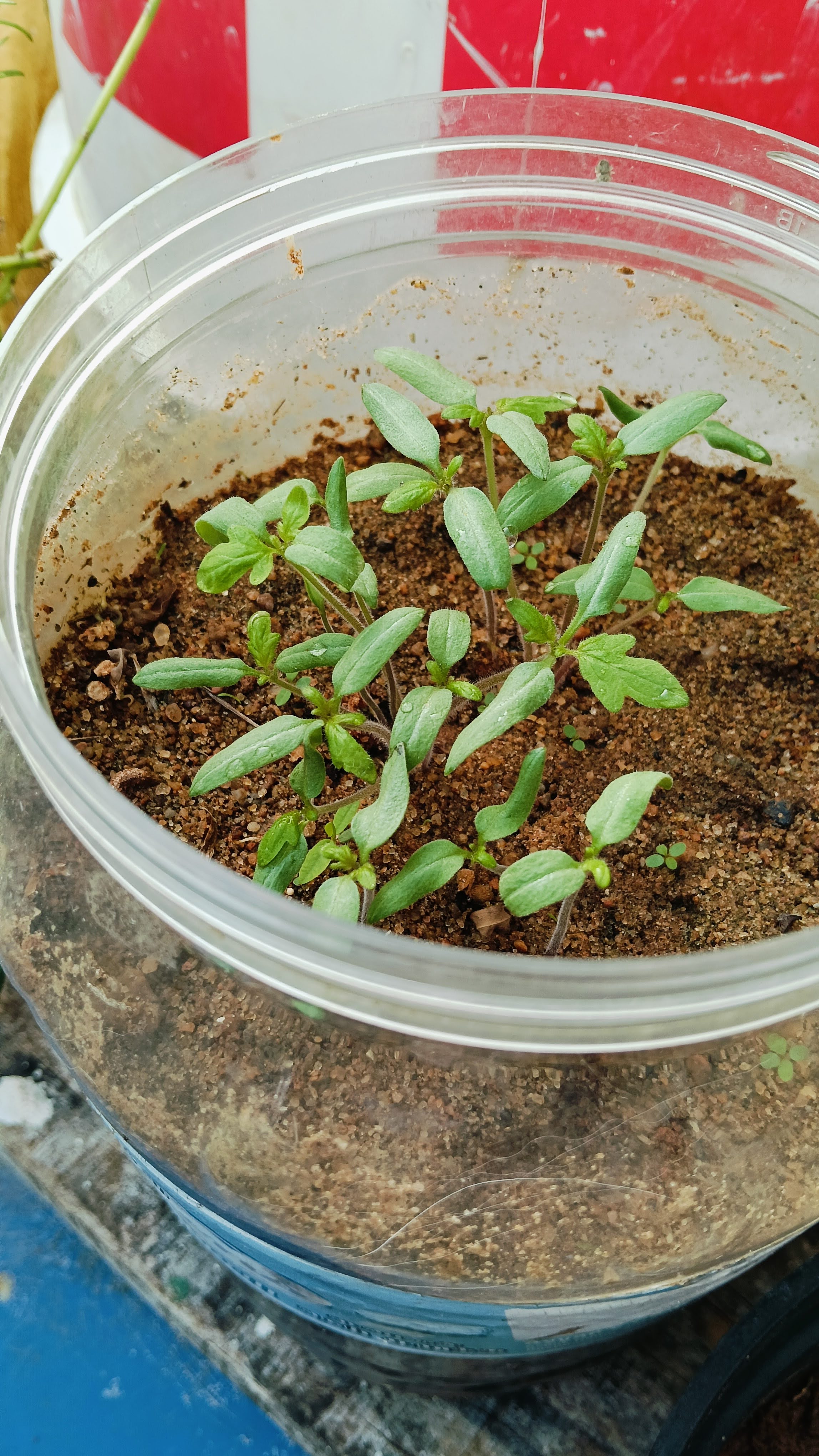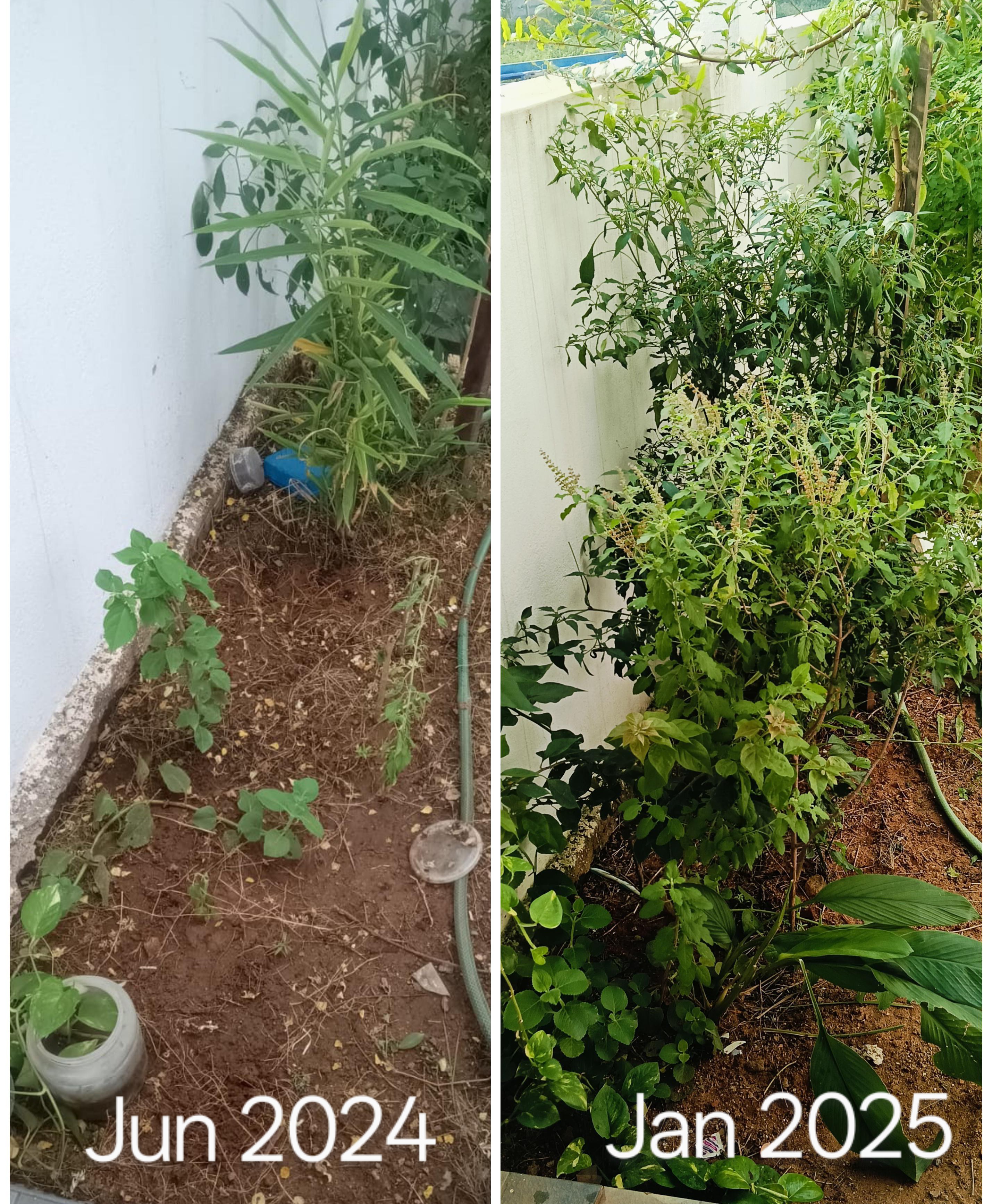Scientific Details About High Blood Pressure (Hypertension)
High blood pressure, or hypertension, is a chronic medical condition where the force of the blood against the walls of the arteries is consistently too high. Over time, this can lead to severe health problems, including heart disease, stroke, and kidney failure.
1. Definition and Measurement
Blood pressure is measured in millimeters of mercury (mmHg) and expressed as two numbers:
- Systolic pressure (upper number): Pressure in the arteries when the heart beats (contracts).
- Diastolic pressure (lower number): Pressure in the arteries when the heart is at rest (between beats).
Categories of Blood Pressure (According to the American Heart Association):
| Category |
Systolic (mmHg) |
Diastolic (mmHg) |
| Normal |
< 120 |
< 80 |
| Elevated |
120–129 |
< 80 |
| Hypertension Stage 1 |
130–139 |
80–89 |
| Hypertension Stage 2 |
≥ 140 |
≥ 90 |
| Hypertensive Crisis |
> 180 |
> 120 |
2. Types of High Blood Pressure
1. Primary (Essential) Hypertension:
- Cause: No identifiable cause; develops gradually over years.
- Risk factors: Genetics, age, lifestyle.
2. Secondary Hypertension:
- Cause: Results from another condition or medication.
- Examples:
- Kidney disease
- Adrenal gland disorders (e.g., Cushing’s syndrome)
- Thyroid problems
- Sleep apnea
- Medications (e.g., decongestants, oral contraceptives, NSAIDs)
3. Causes and Risk Factors
Non-modifiable Risk Factors:
- Age: Blood vessels stiffen with age.
- Genetics: Family history of hypertension increases risk.
- Gender: Men are more prone before age 55; women are more prone after menopause.
- Ethnicity: Certain ethnic groups (e.g., African Americans) have a higher prevalence.
Modifiable Risk Factors:
- Diet: High sodium, low potassium intake.
- Lifestyle: Lack of physical activity, smoking, excessive alcohol consumption.
- Obesity: Excess weight increases strain on the heart.
- Stress: Chronic stress can contribute to elevated blood pressure.
- Medical Conditions: Diabetes, high cholesterol.
4. Pathophysiology of Hypertension
Normal Blood Pressure Regulation:
- Controlled by the interaction of the heart, blood vessels, kidneys, and nervous system.
- Key factors:
- Cardiac output (amount of blood the heart pumps).
- Vascular resistance (resistance of blood vessels to blood flow).
Mechanisms in Hypertension:
- Vasoconstriction: Narrowing of blood vessels increases vascular resistance.
- Increased blood volume: Often due to excess sodium retention by the kidneys.
- Overactive renin-angiotensin-aldosterone system (RAAS):
- Hormones like angiotensin II and aldosterone increase blood pressure by causing vasoconstriction and sodium retention.
- Sympathetic nervous system overactivity: Increased stress response raises heart rate and vascular resistance.
- Endothelial dysfunction: Damage to the blood vessel lining reduces nitric oxide (a vasodilator), causing stiffness.
5. Complications of Hypertension
Chronic hypertension damages blood vessels and organs over time. Complications include:
[Read More]


